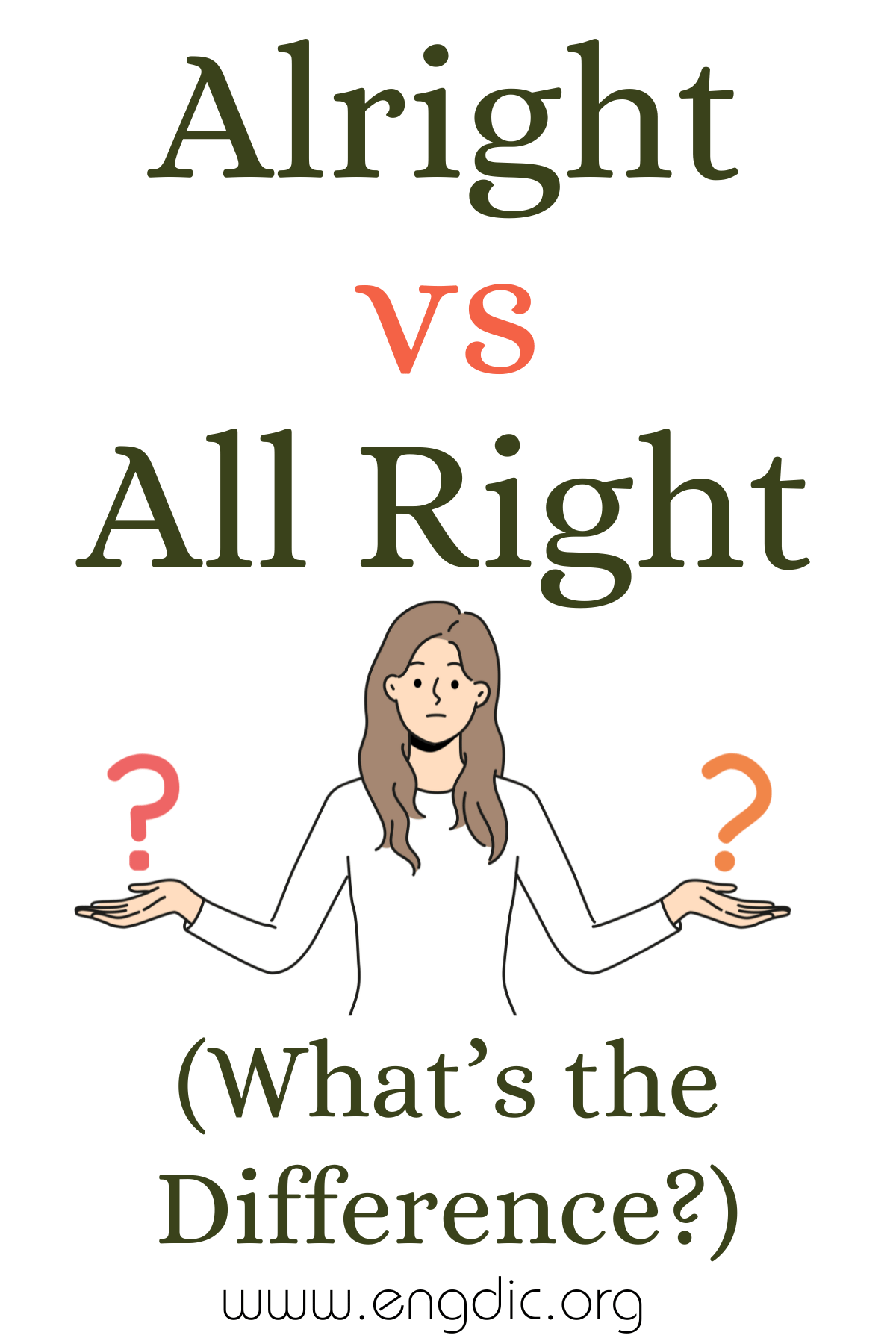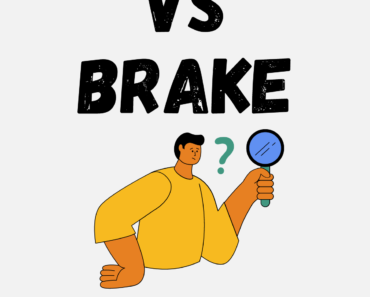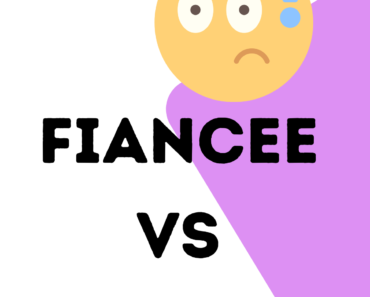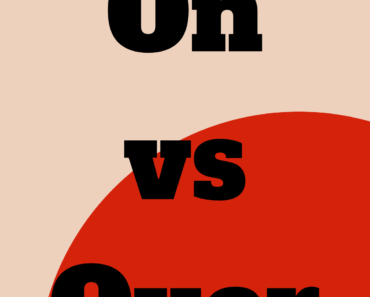The difference between “alright” and “all right” may seem subtle, but it’s significant in English usage.
- “All right” is the traditional form and is widely accepted in both formal and informal writing, signifying everything being okay or satisfactory.
- On the other hand, “alright” is a more modern, informal variation that has gained popularity in recent years, often used in casual contexts.
Although “alright” is increasingly found in written English, some grammarians and style guides still consider it nonstandard.
All Right
Definition: “All right” means satisfactory, acceptable, or correct. It is also used to affirm or acknowledge something.
Usage:
- Affirmation: “Is the report completed?” “Yes, everything is all right.”
- Used to affirm that everything is as it should be.
- Agreement: “All right, let’s proceed with the plan.”
- Shows agreement to move forward.
- Satisfaction: “The new restaurant is all right, but not the best.”
- Implies a satisfactory but not exceptional experience.
- Reassurance: “Don’t worry, you’ll be all right.”
- Offers comfort or reassurance.
Alright
Definition: “Alright” is a nonstandard or informal version of “all right,” carrying the same meaning.
Usage:
- Informal Affirmation: “Everything’s alright, no need to worry.”
- Similar to “all right,” but more casual.
- Casual Agreement: “Alright, I’ll help you with the project.”
- Indicates informal agreement or acceptance.
- Satisfactory Response: “The movie was alright, but I’ve seen better.”
- Suggests something is satisfactory but not outstanding.
- Conveying Emotion: “Alright! Let’s get this party started!”
- Used to express enthusiasm or excitement.
While “all right” remains the standard form in formal contexts, “alright” is increasingly accepted in casual writing. However, it’s best to know your audience and the context in which you’re writing before using either form.







